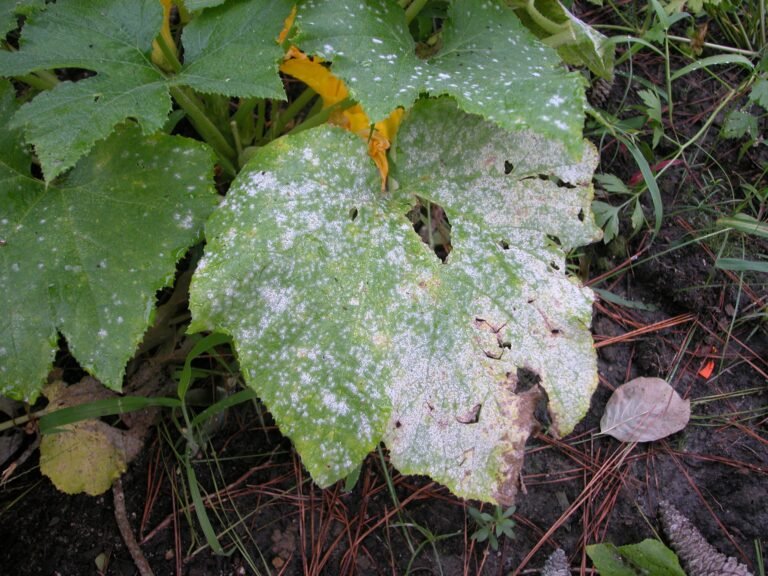Growing Chicory: A Guide to Cultivating This Bitter Beauty in Your Garden
Chicory is a robust, perennial herb that offers not just visual appeal with its bright blue flowers but also a bounty of culinary possibilities. Its leaves, roots, and buds can be used in a variety of dishes, offering flavours ranging from bitter to sweet. Whether you’re growing it for coffee substitutes, salads, or simply as an ornamental plant, chicory is a rewarding addition to any garden.
Why Grow Chicory?
Chicory is prized for its health benefits, including high levels of inulin, a prebiotic fiber that supports gut health. It’s also rich in vitamins and minerals. Gardeners appreciate chicory for its drought resistance and its ability to thrive in poor soil, making it an excellent choice for sustainable gardening practices.
How to Grow Chicory
Selecting Chicory Varieties
Chicory comes in several forms, each suited to different culinary uses:
- Radicchio (Cichorium intybus var. foliosum): Known for its red and white leaves, used in salads and grilled dishes.
- Belgian Endive (Cichorium intybus var. foliosum): Grown for its blanched, tender shoots, commonly used in salads and appetizers.
- Puntarelle (Cichorium intybus var. foliosum): Features long, slender stems and a bitter taste, popular in Italian cuisine.
- Catalogna (Cichorium intybus var. foliosum): Distinguished by its dandelion-like leaves, ideal for sautéing or using in salads.
- Chicory Root (Cichorium intybus): Cultivated mainly for its roots, which can be roasted and ground as a coffee substitute.
Planting Chicory
- Timing: Plant chicory in early spring or late summer. For root varieties, a fall planting allows the roots to develop over the winter for spring harvest.
- Soil and Site: Choose a location with full sun to partial shade. Chicory prefers well-draining soil with a pH of 6.5 to 7.0. Enrich the soil with compost or well-rotted manure before planting.
- Sowing Seeds: Sow seeds ¼ inch deep, spacing them about 6-12 inches apart, depending on the variety. Thin seedlings to the recommended spacing to ensure ample room for growth.
Caring for Chicory Plants
- Watering: Keep the soil evenly moist, especially during dry spells. Chicory’s deep roots make it somewhat drought-tolerant, but regular watering encourages steady growth.
- Mulching: Apply a layer of organic mulch to conserve moisture, regulate soil temperature, and suppress weeds.
- Feeding: Chicory benefits from a balanced, all-purpose fertilizer applied at planting time. Side-dress with compost midseason to promote healthy leaf development.
Harvesting Chicory
- Leaves: Harvest young leaves as needed for salads or cooking. The flavour is milder in spring and fall.
- Roots: Dig up roots in the fall for root chicory varieties. For Belgian endive production, roots are harvested, trimmed, and then forced in a dark, cool place to produce tender shoots.
- Flowers: Chicory flowers can be picked in summer and used as edible decorations.
Using Chicory
Chicory’s various parts offer a wealth of culinary uses. Leaves can be used fresh in salads or cooked like spinach. Roasted chicory root is a popular caffeine-free coffee substitute. Belgian endive and radicchio add a crisp, slightly bitter flavour to dishes.
Final Thoughts
Growing chicory in your garden is a journey through a world of flavours, textures, and colours. From the soil to the table, chicory presents gardeners and cooks with endless possibilities to explore. Whether you’re drawn to its health benefits, its taste, or its ornamental value, chicory is a plant that rewards your efforts with its versatility.







